From a dusty port in Oman to the teeming stalls of Tehran’s Grand Bazaar, a look at how black market cigarettes have become a major part of Iranian life
First brought to Iran by Russian merchants in the late 19th century, the cigarette is now deeply embedded in Iranian social life. Today, about one fifth of Iranians are considered regular smokers. Nearly 2.5 billion packs of cigarettes are sold in Iran each year.
Yet a mystery smolders beneath Iran’s cigarette addiction. While about half of all cigarettes consumed in Iran are produced by a government monopoly, approximately twenty percent are smuggled into the country. One out of every five packs bought in Iran are of unclear provenance, untaxed, and often lack the required health warnings. This enormous black market of cigarettes is hidden in plain sight, with contraband packs sold openly in shops and markets.
The prevalence of smuggling in any economy is usually interpreted as a sign of state weakness, an indication that the rule of law is poorly enforced, that borders are porous, and that organized crime runs rampant. But this interpretation does not apply to the Islamic Republic of Iran, a country that has remained remarkably stable and steadfast in the face of internal, regional, and international threats.
How then to account for the government’s tolerance of smuggled cigarettes? Any exploration of that question must begin at the historical center of all Iranian commercial affairs, Tehran’s Grand Bazaar.
If Tehran does have a center, it is the Grand Bazaar. Dating to the late 18th century, the bazaar sits at the heart of the city, where Iranians of all walks of life cross paths. Its winding arcades cover an area larger than one square kilometer, and contain thousands of storefronts as well as restaurants, mosques, schools, and other facilities. It remains one of the most important structures in Tehran.
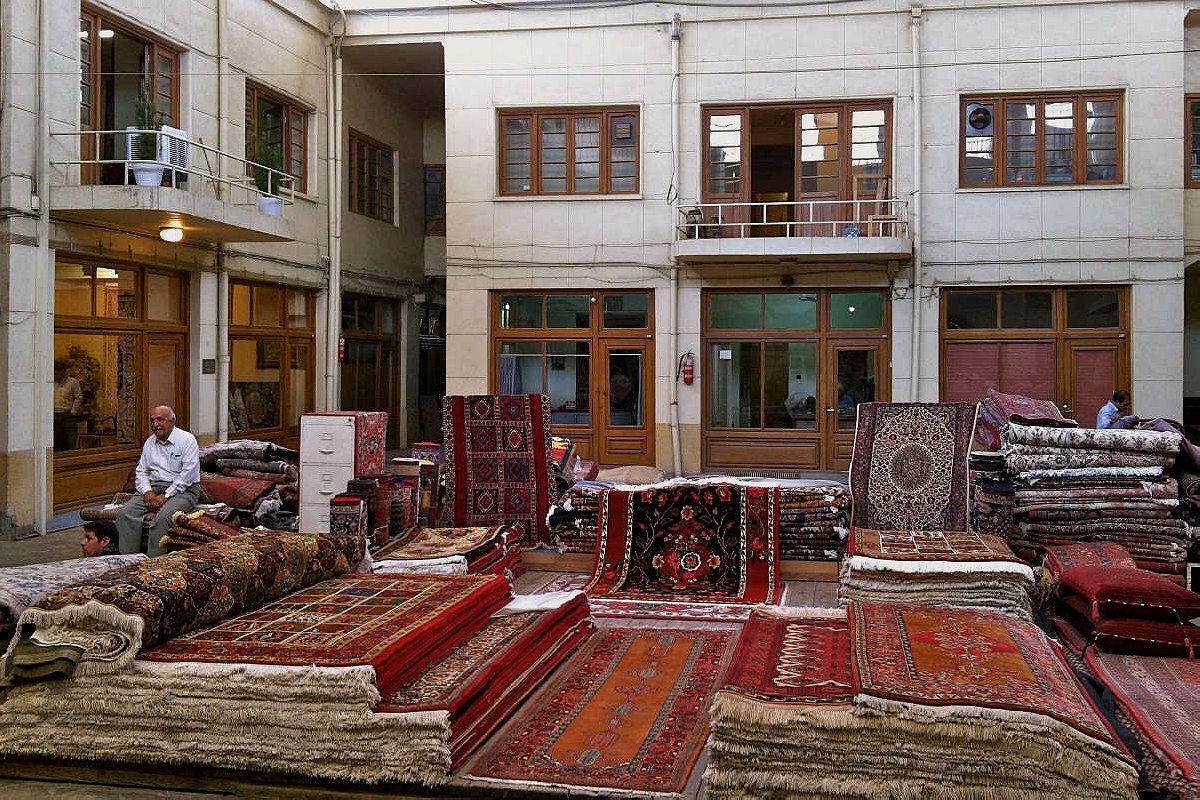
An estimated 20,000 people of various ethnic and religious backgrounds make their living in the Tehran bazaar. These “bazaaris” numbered as many as 100,000 prior to the Islamic Revolution of 1979, and though diminished, they still comprise a class unto themselves. The social and economic networks maintained by bazaaris and their clients have counted among the largest and most powerful in Iran, galvanizing protest and organized dissent. The bazaar played a primary role in the 1905 Constitutional Revolution, the 1953 movement to nationalize the Iranian oil industry, and the 1979 Islamic Revolution.
The bazaar is not merely a center for trade, nor is it just another social institution. It retains a sort of mythic character as the loom through which the fabric of Iranian life has been woven for centuries.
That life is on riotous display in the bazaar, as people stream about in all directions. Young boys and old men push dollies with a galaxy of goods from the market edges to the stores deep within, maneuvering their heavy loads over cobblestoned streets. They bump through throngs of people, impatient, but polite as they call out that anyone wishing to keep their ankles intact should move aside.
IRANIAN SMOKERS HAVE ALWAYS HAD A PENCHANT FOR FOREIGN BRANDS, DRAWN TO THEIR MODERN, INTELLECTUAL, AND FASHIONABLE ALLURE
Little tobacco stands are scattered around the bazaar. Usually, “big ticket” brands sit at the top of their displays; western marques from British American Tobacco and RJ Reynolds feature prominently. Iranian smokers have always had a penchant for foreign brands, drawn to their modern, intellectual, and fashionable allure. Marlboro and Lucky Strike have such strong associations for Iranians that the majority of the Iranian cigarette brands, such as Mehr, are closely modeled on foreign brands, using similar designs on their packs.
Both foreign and domestic brands are fairly inexpensive. A pack of quality foreign cigarettes (equivalent to Marlboro) may cost about $2, with a domestic brand costing just $0.50. For an American or European smoker, these prices are almost unbelievably low, but Iranians smokers are used to getting their fix cheaply.
Forty percent of the Iranian tobacco market is controlled by a state-owned monopoly called The Iranian Tobacco Company. These cigarettes—brands like Bahman, Tir, Farvardin, Homa, and Mehr—are made from tobacco both imported and domestically grown. While these domestic brands are less desirable to most Iranians, they are very cheap, and they force importers of foreign brands to keep prices low. The tax on cigarettes is also negligible— a mere twenty percent compared to the seventy percent tax rate seen in most countries worldwide. But it’s the large presence of smuggled cigarettes that deflates prices even further.
Smuggled cigarettes are easy to purchase at any one of the many stands in the bazaar. The health warning on a pack,(modeled after the familiar US Surgeon General’s warning) might, for example, be in Thai. The tax banderole—the difficult-to-counterfeit sticker that indicates whether a pack is legitimate merchandise—might also be in Thai. But looking at the other foreign packs of British American Tobacco brand Kent or RJ Reynolds brand Magna, it quickly becomes apparent that most of these brands do not carry any tax banderole at all, even if they do feature the government-mandated health warnings in Farsi.
Shoppers can also find brands sourced via Oman and produced around the world—Esse, Mond, Williams—in the same packaging, lacking all tax banderoles or health warning labels. In Tehran’s Grand Bazaar, those brands are the current bestsellers.
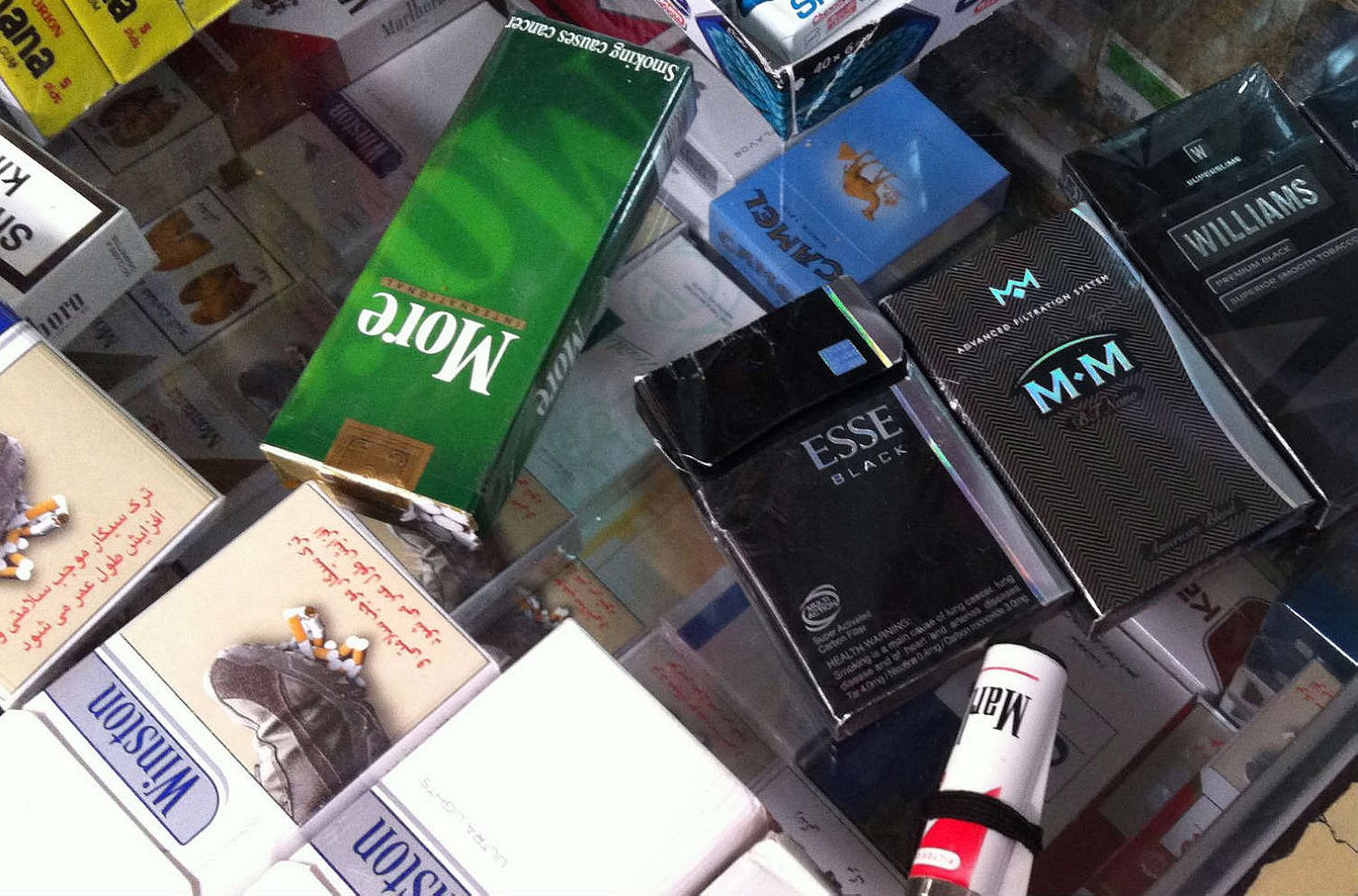
How are cigarettes smuggled into Iran’s markets? Many are brought across the Gulf from the port of Khasab in Oman. In the regional network of trade, Khasab is an important port, dating back to the era when Omani traders oversaw a commercial empire reaching from Qatar to Zanzibar, playing host to Portuguese merchants who used Khasab as a waypoint in their journeys to India. It sits just sixty miles across the Strait of Hormuz from Bandar Abbas, Iran’s largest port.
At dusk on most days, a fleet of small motorboats makes the journey across the strait. Cigarettes are popular goods for smugglers. They are light, valuable and easy to carry in bulk. In Khasab’s Iranian Souk, exporters spoke openly with me about the cigarette trade.
Many of these merchants spoke Farsi, a legacy of the Musandam peninsula’s historic ties to Iran. Their accents were muddy, with a quality something like a Southern drawl, and it was both a delight and a challenge for my ears to decipher what was being said.
The town had funneled American and European cigarettes to Iran for many years. More recently, however, sanctions have made it difficult to smuggle Western products. The majority of the cigarettes exported from Khasab to Iran are now manufactured in nearby Dubai. A growing minority of suppliers source Korean cigarettes through Dubai-based distributors. The most popular of the Korean brands is “Esse,” a flashy cigarette heavily-marketed in Dubai and produced by the Korea Tobacco & Ginseng corporation, which dominates Korea’s domestic market.
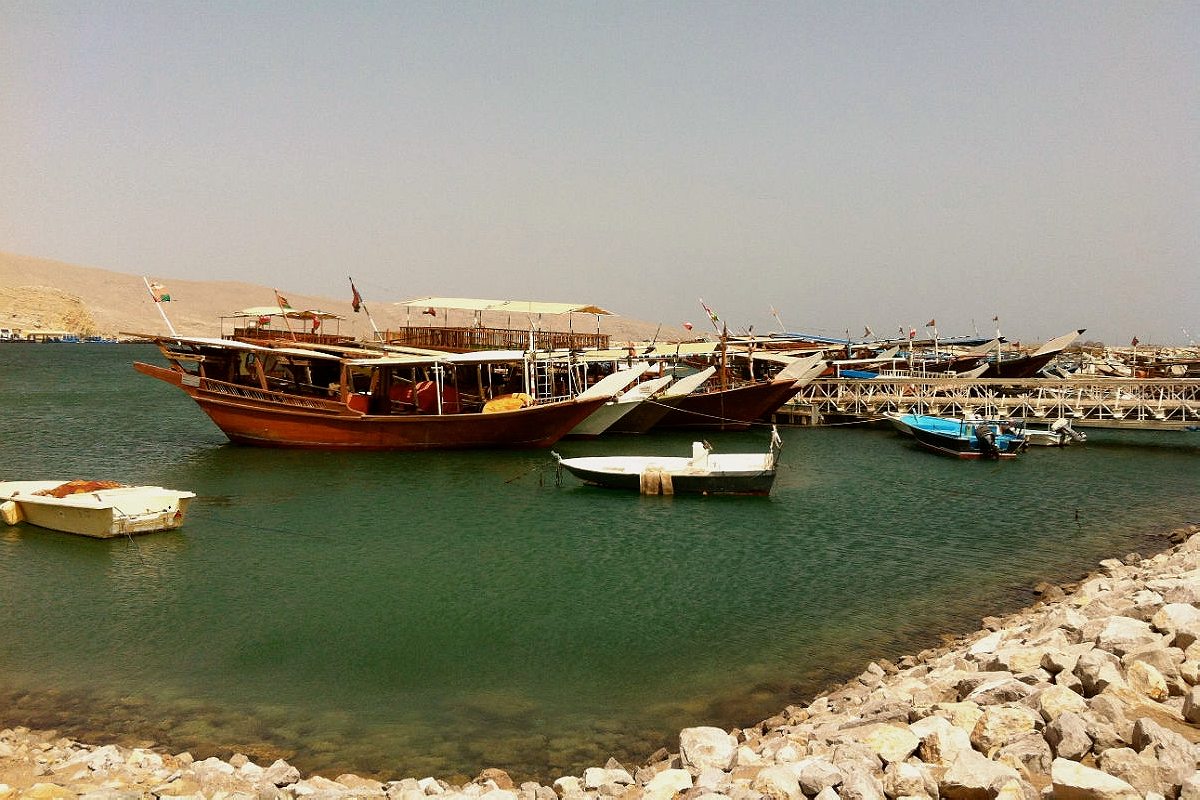
The Dubai-made cigarettes–often of the ultra slim variety, which is popular in Iran–are packaged under thirty or more brands like Modern, Mond, and Williams, names devised to evoke the cigarettes of American and British tobacco conglomerates and to appeal to the known Iranian preference for Western cigarettes. Each one of these brands is licensed to a distributor in Iran, who funds its creation at the factory and controls the exclusive rights to the brand name. The packaging flouts the law, designed without any health warnings.
The merchants in Khasab accept delivery of these cigarettes in weekly bulk shipments, which arrive in small, unmarked box-trucks. They are then exported to Iran across the Strait of Hormuz into Bandar Abbas.
A box of mid-level brand cigarettes contains 500 packs of cigarettes and sells for $115. A mid-level brand will move roughly 20,000 boxes each month, amounting to a wholesale value of $2.3 million per month for just one suite of Dubai-made brands. As lowly middlemen, the Omani exporters make do with meager margins. But given the immense value of the trade, even a margin of half of one percent means a pretty penny. The recent construction boom in Khasab attests to the wealth earned by smuggling, with families building ornate new mansions both in town and in the nearby coastal villages.
GIVEN THE IMMENSE VALUE OF THE TRADE, EVEN A MARGIN OF HALF OF ONE PERCENT MEANS A PRETTY PENNY
Facing increased scrutiny from the international community over this shadowy trade with Iran, the Omani government has recently sought to regulate the outflow of goods from Khasab. All goods leaving port have to go through a newly built customs depot. Officials levy export duties, generating revenue for the state and mitigating the impression that Khasab is a lawless place. Passing through Omani customs means that the goods are not technically “smuggled” until their arrival in Iran. Oman exacts about $5 in export duties for each box of cigarettes.
When the cigarettes arrive near Bandar Abbas, possibly at drop off points on the island of Qeshm, Iranian officials demand bribes of $60 to allow the cargo to be unloaded in Iran. This is where the smuggling takes on its typically illicit character. Funneled to local distributors and wholesalers, the Khasab-sourced cigarettes then flood marketplaces across the country.
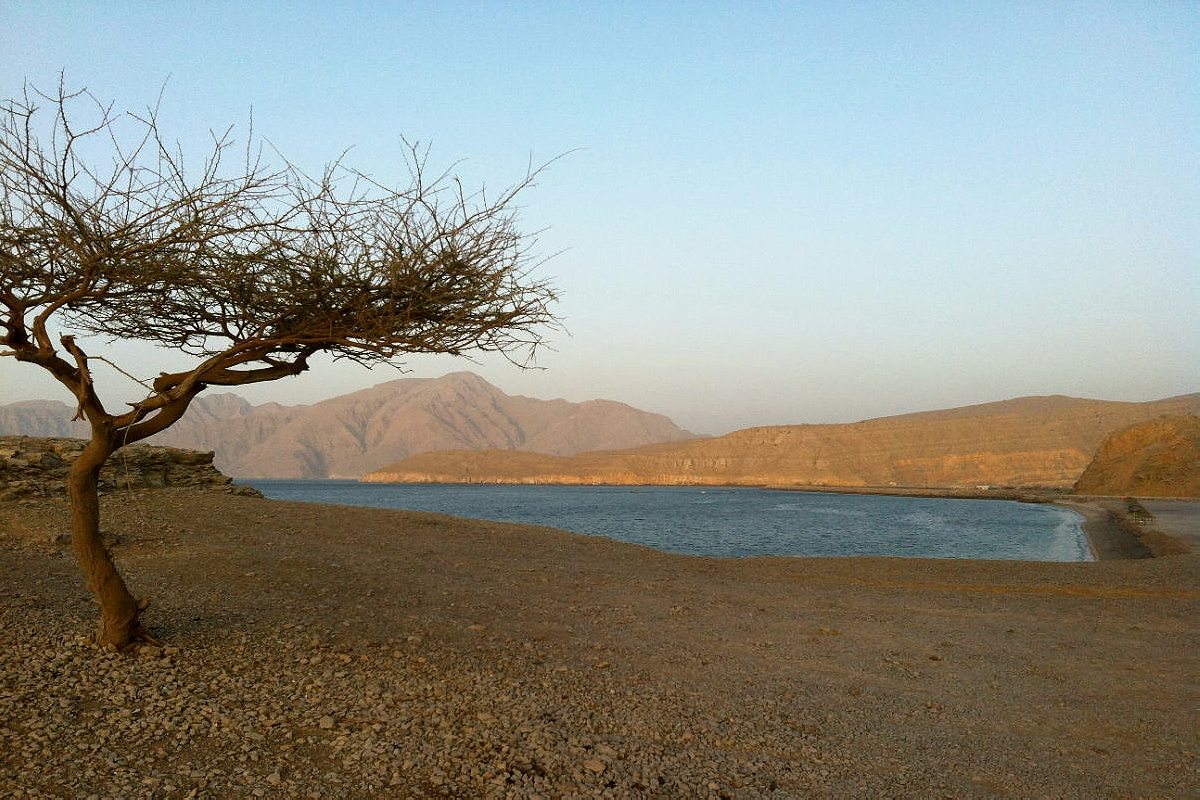
It’s not that Iran’s security apparatus isn’t capable of maintaining control of the population (or crushing dissent, as in the case of its swift response to the 2009 Green Revolution). In all other aspects of Iranian life, the state exerts great influence and exhibits very high levels of operational capability. Iran’s enforcement mechanisms are strong, but contraband cigarettes are widespread — how can this be explained?
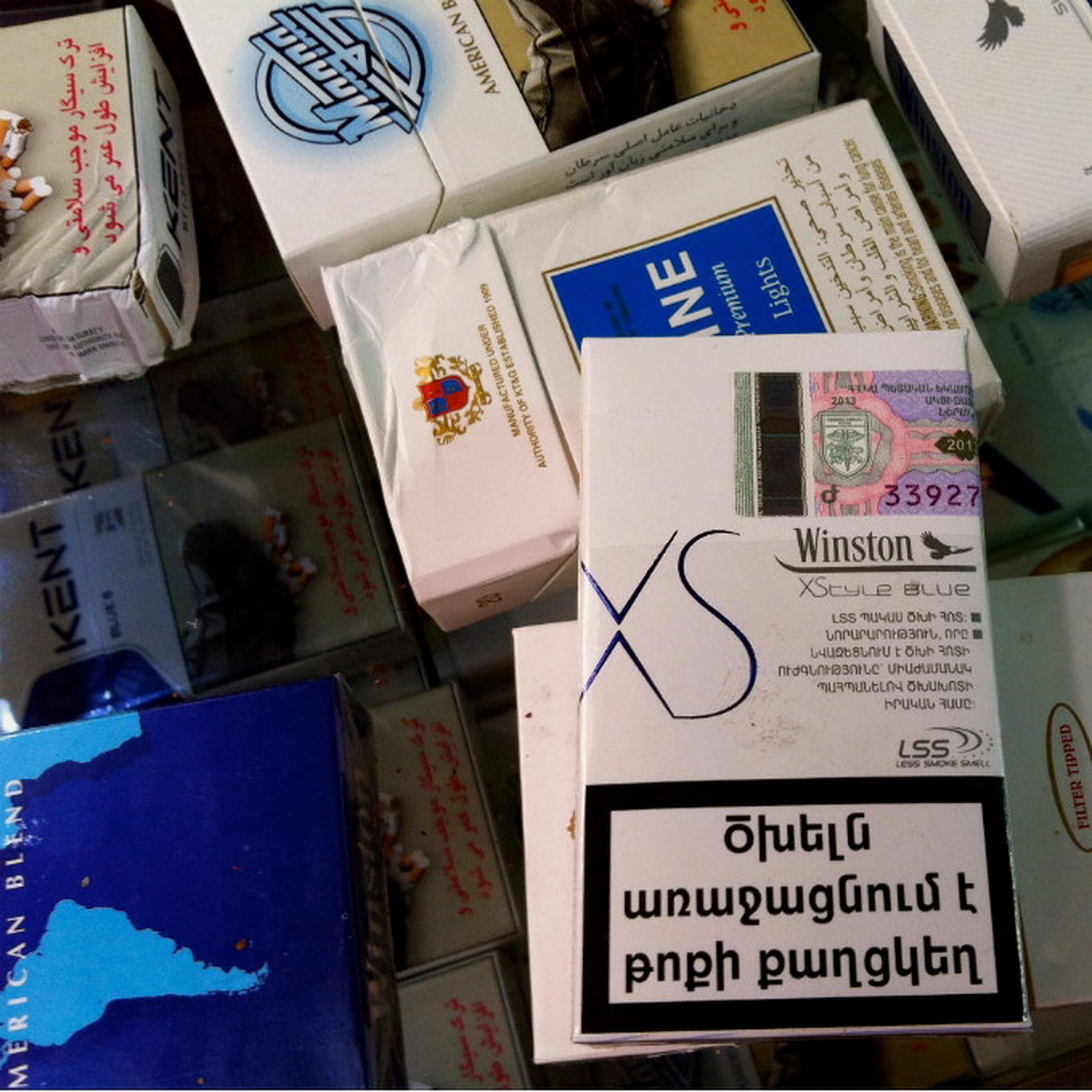
In the 1980s, in the aftermath of the Islamic Revolution, Iran’s economy was reeling. The destabilization of the change in government, the loss of business relations with the United States and Europe, severely reduced oil production, and the protracted war with Iraq all contributed to a deepening economic crisis that threatened the young Islamic Republic. Much of the legitimacy of the revolutionary government rested on its commitment to raising the standard of living among Iran’s poor, who had been largely excluded from the country’s rapid modernization during the Pahlavi years. With coffers rapidly emptying, the government struggled to install and support the welfare programs that were expected by the masses who had so bravely mobilized to overthrow the Shah, and who were now plunged into the longest conventional war of the 20th century.
The economic hardship in Iran had embittered many of the bazaaris of Tehran. This class had played a vital part in the 1979 Islamic Revolution that toppled the Shah, who had been foolishly outspoken in his disdain for the “idiots” in their “worm ridden” shops, whose presence in Iranian commercial life, he said, was a barrier to modernization. Back then, the bazaaris had mobilized resources and coordinated public protests and anti-establishment actions on behalf of Iran’s lower and middle classes. The state now feared the threat posed by aggrieved bazaaris, those same vibrant merchant networks that helped install the Islamic Republic in the first place.
The answer was to undertake an extensive restructuring of the economy. Industries came under state ownership in the guise of charitable endowments and the military expanded its operations into commercial arenas. These actions marginalized the bazaar. But the leaders of the Islamic Republic sought to further weaken the bazaar, to remove its capacities to agitate against the establishment.
BRITISH AND AMERICAN TOBACCO COMPANIES DEVISED SMUGGLING ROUTES INTO IRAN WITH THE ASSISTANCE OF INTERNAL DISTRIBUTORS
One of the key strategies employed to weaken the bazaar was the systematic introduction of smuggled goods into Iran. This was a cunning strategy in a few ways. First, smuggling helped Iran circumvent sanctions and its international isolation. Second, foreign companies were happy to facilitate the entry of their products into the Iranian market, whatever the means. Internal memos from the 1980s outline how British and American tobacco companies devised smuggling routes into Iran with the assistance of internal distributors. Third, the illicit gains of the smuggling trade–bribes and kickbacks–helped pad the salaries of state officials and their affiliates.
Moreover, smuggling changed the configuration of the bazaar. It disrupted the networks of trust and reciprocity that had been the bedrock of the bazaar for centuries. In the black market, costs of defection are high; either the merchant remains allegiant to his supplier, or he looses access to lucrative products that cannot be readily sourced from anywhere else. When the supplier is strong enough to have a monopoly on the goods in question, the supplier gets to decide the terms of any arrangement—either you play by his rules, or you are out of the game. Such a cutthroat environment fundamentally reshaped relations within the world of the bazaaris, forcing the merchant class into grudging reliance on state-controlled channels of goods and funds. The economy of contraband goods neutered the bazaar’s ability to function as a site for opposition politics.
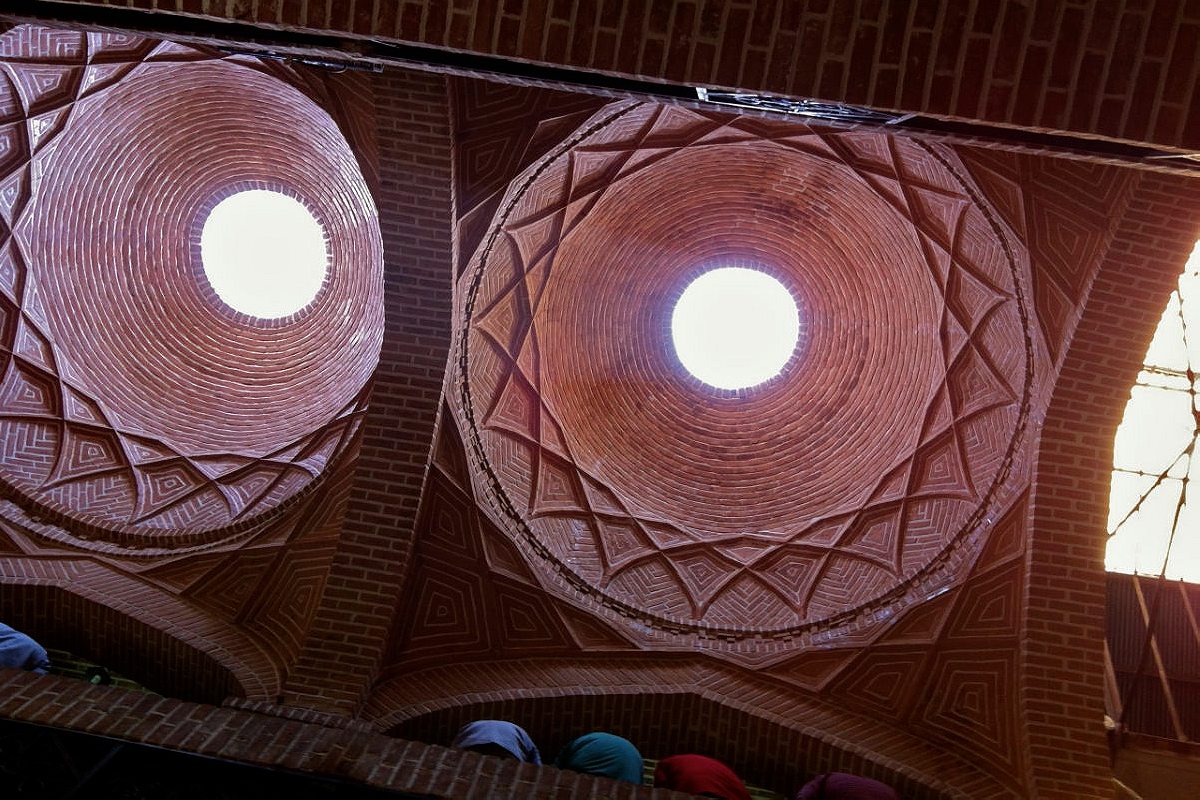
In this light, the huge trade in cigarettes takes on a different dimension. Their prevalence as smuggled goods is not simply a measure of their great popularity, but also part of the state’s elaborate system of control. Rather than struggle with the smugglers, agents of the Iranian state admit the entry of smuggled goods and steer their distribution. For those who study Iran, this is something of a theme for the Islamic Republic. Even the failures in its rule of law can be seen as boons to the state.
It is hard to say who else benefits from the money generated by cigarette smuggling. No doubt, much of it is funneled to the apartments and luxury cars in North Tehran enjoyed by those state affiliates who control significant portions of the trade. But the trade also supports the common man, whether the border guard taking a bribe on Qeshm Island or the cigarette vendor selling packs on the streets of Tehran.
EVEN THE FAILURES IN ITS RULE OF LAW CAN BE SEEN AS BOONS TO THE STATE
Of course, the widespread consumption of cigarettes in Iran has its own costs. Smoking’s effect on public health reduces the productivity of the Iranian economy by several billion dollars; the tax revenues lost to smuggling are paltry by comparison.
But the cigarette is in no danger of being stubbed out in Iran. The same forces that have made it expedient for the Iranian state to tolerate smuggling have made life for the common Iranian difficult. Economic instability and uncertainty, exacerbated by sanctions, take their toll on the confidence of Iranians young and old. Price increases, inflation, and unemployment remain constant tribulations.
In the face of these troubles, a cigarette may be one of life’s small comforts, a coping mechanism for everyday disappointments. In Iran, where smuggling is the instrument of a strong state, and where nicotine provides a momentary reprieve for a weary people, cigarettes will remain plentiful and cheap.
Top image: Tehran’s Grand Bazaar. Courtesy of Dead End Doll